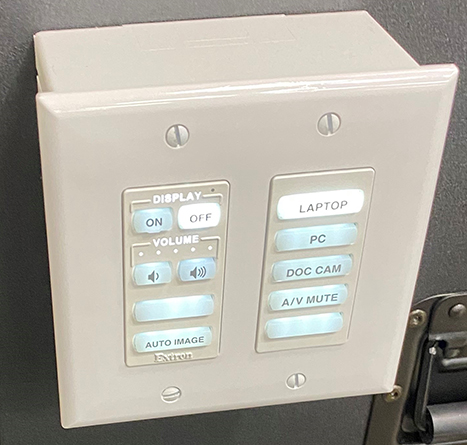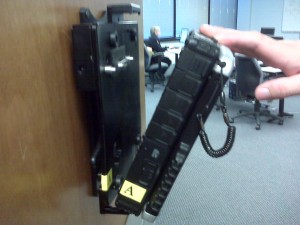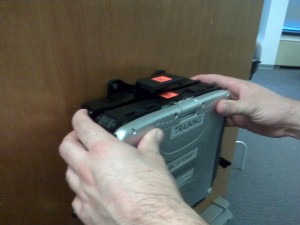Overtime
According to FCGO 15-09, cost center codes are no longer needed for overtime.
If you are used to pulling the transfer codes from your history (top of the transfer code search screen in HTML and in the transfer column drop-down list in Java), remember not to use one with the cost center and only use entries (once you have them in the list) that show reason codes. For example:
- ////FRS060OF// = Officer Backfill in the Field
- ////FRS060FF// = Firefighter Backfill in the Field
As a reminder, any grant-related OT must include all three transfer codes (project task, expenditure org and reason code).
Court (Detail vs. Overtime)
Approved court entries go two different directions:
- Detail from your regular shift: Scheduling will put an entry into Telestaff. The following day, you will see Admin Leave – Court Appearance as a pay code. Do not add transfer codes.
- Overtime: Keep the pay code as Hours Worked (like any typical overtime) but add the reason code FRS063TC (the same code we have used for years – not a new code).
Promotional Exam (Detail vs. Overtime)
Promotional exams also split two different ways:
- Detail from your regular shift: Admin Services will put an entry into Telestaff. The pay code will still be Hours Worked. Do not add any transfer codes.
- Overtime: Keep the pay code as Hours Worked (like any typical overtime) but add the reason code FRS071PI (Promotional Exam – In-County) or FRS071PO (Promotional Exam – Out of County).These are also the same codes we have used for several years.


